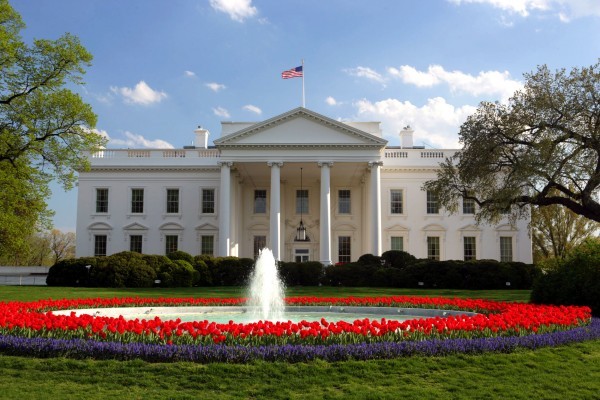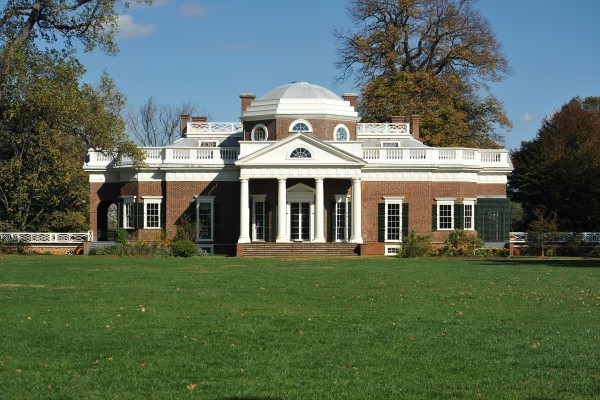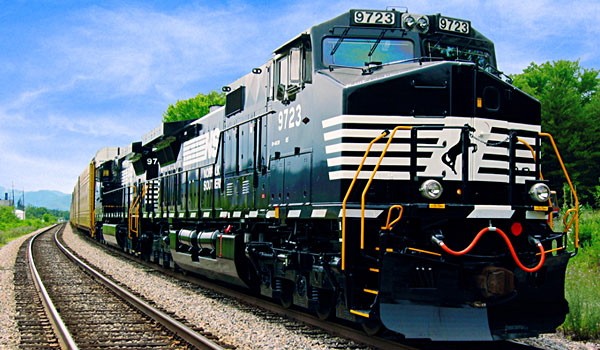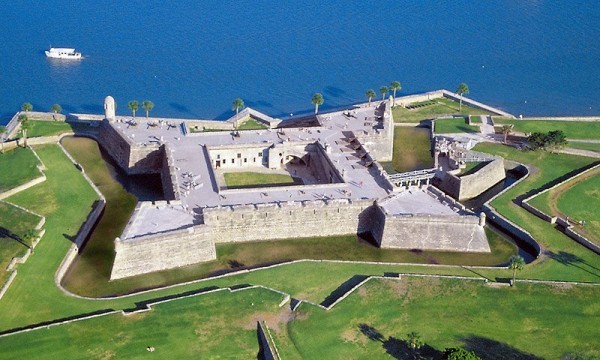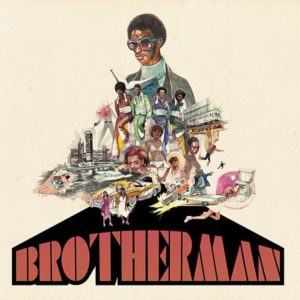US Capitol Building
In 2012, former Speaker of the House Nancy Pelosi joined leaders from both parties in Congress to unveil a commemorative marker in the Capitol Visitors Center to pay tribute to the Black men and women who constructed it. Pelosi said that the marker is a memorial to the “tragedy and sin” of slavery. According to abcnews.go.com, “The marker features a single block of sandstone, once part of the Capitol’s East Front portico, placed in reverse position so that the original chisel marks, done by those who built the building, are clearly visible.” “For too long, the sacrifice of men and women who built this temple of democracy were overlooked; their toil forgotten; their story ignored or denied, and their voices silenced in the pages of history,” said Pelosi. Politifact.com reports the captured Africans were “likely involved in all aspects of construction, including carpentry, masonry, carting, rafting, plastering, glazing and painting, the task force reported. And slaves appear to have shouldered alone the grueling work of sawing logs and stones.”
The White House
Jesse J. Holland, author of “Black Men Built The Capitol: Discovering African-American History in and Around Washington, D.C.” revealed that enslaved African men helped construct the White House. The designer Pierre L’Enfant commissioned the captured Africans from their slave-holders, while the architect James Hoban brought some of his own enslaved men. Evidence confirming the long-held belief was made public in 2008, when the U.S. National Archives exhibited government pay records from more than 200 years ago. The historic payroll, listing the workers only by first name, revealed that both enslaved and free Africans worked alongside white laborers to cut sandstone at the quarry in Aquia, Va. They also dug the footings for the White House, built the foundations, and fired bricks for the interior walls. Payment was not received by the enslaved Blacks, but was paid to the slave-holders.
Monticello
With the forced labor of enslaved Africans, the Virginia estates of at least three presidents were built: George Washington’s at Mount Vernon; James Madison’s at Montpelier, and Thomas Jefferson’s at Monticello. Earlier this year, President Obama took French President Francois Hollande on a tour of Jefferson’s estate at Monticello. Referring to the visit, Obama said: “And of course, this house also represents the complicated history of the United States. We just visited downstairs where we know the slaves helped to build this magnificent structure, and the complex relations that Jefferson, the drafter of the Declaration of Independence, had to slavery.”
The Railways
All four major rail networks in North America — Norfolk Southern, CSX, Union Pacific and Canadian National — own lines that were built and operated with the labor of enslaved Blacks. According to a 2002 article on usatoday.com, “nearly every rail line built east of the Mississippi River and south of the Mason-Dixon line before the Civil War was constructed or run at least partly by slaves.” Ted Kornweibel, a professor of Africana studies at San Diego State University, has documented use of enslaved Africans by 94 early rail lines. By his count, 39 now belong to Norfolk Southern, based in Norfolk, Va.; 36 are owned by CSX of Jacksonville, Fla.; 12 are part of Omaha-based Union Pacific; seven belong to Canadian National, headquartered in Montreal. Historian Walter Licht revealed in “Working for the Railroad” that the captured Africans served as “track repairmen, station helpers, brakemen, firemen and sometimes even enginemen.”
Norfolk Southern declined to confirm the use of forced labor; CSX can only confirm a handful of names of workers used; Canadian National said it’s researching; while a Union Pacific spokesperson says “ownership of the lines today has no relevance to how they were built,” adding, “We have no way of knowing, and we have no intention of researching that issue.”
Forts
“I don’t think people think of bridges and seawalls and forts as being constructed by enslaved Africans,” said Jane Landers, a history professor at Vanderbilt University and author of “Black Society in Spanish Florida.” “But from the very beginning, enslaved Africans were responsible for building all of the major forts, the main public works, bridges and seawalls. All of those were constructed by enslaved Africans.” Landers adds, “Spanish records show that captured Africans worked alongside Indians and Europeans. Some of their work still stands in St. Augustine, such as the city’s seawalls and the Castillo de San Marcos (shown above), which was built from 1672-1695. “African masonry and metalworking techniques were used in the Castillo de San Marcos, as well as forts at ports in Havana, Cuba; Santo Domingo, Dominican Republic; San Juan, Puerto Rico; Cartagena, Colombia; Portobelo, Panama; and Acapulco, Mexico.”
Source: The Atlantic Black Star

